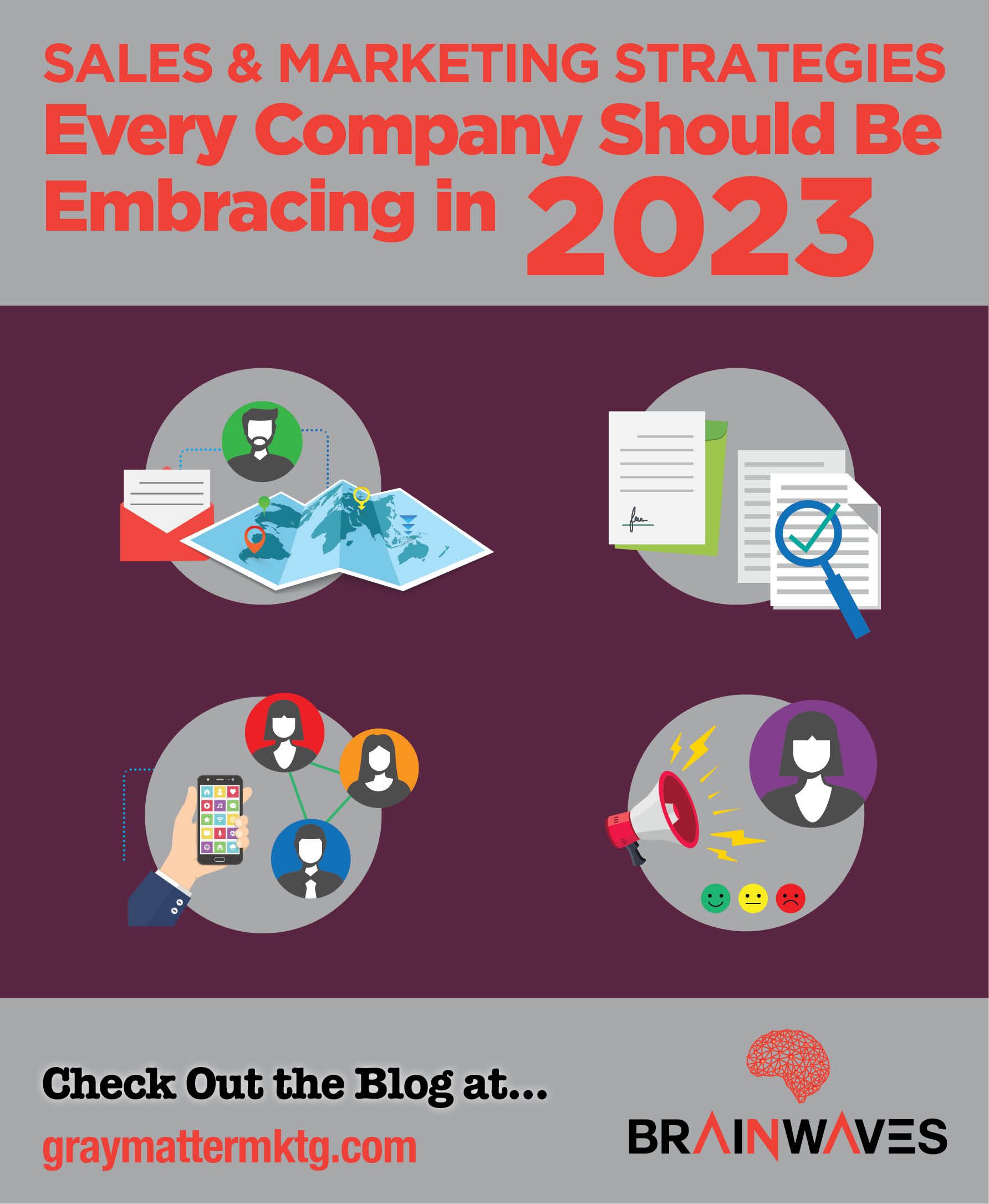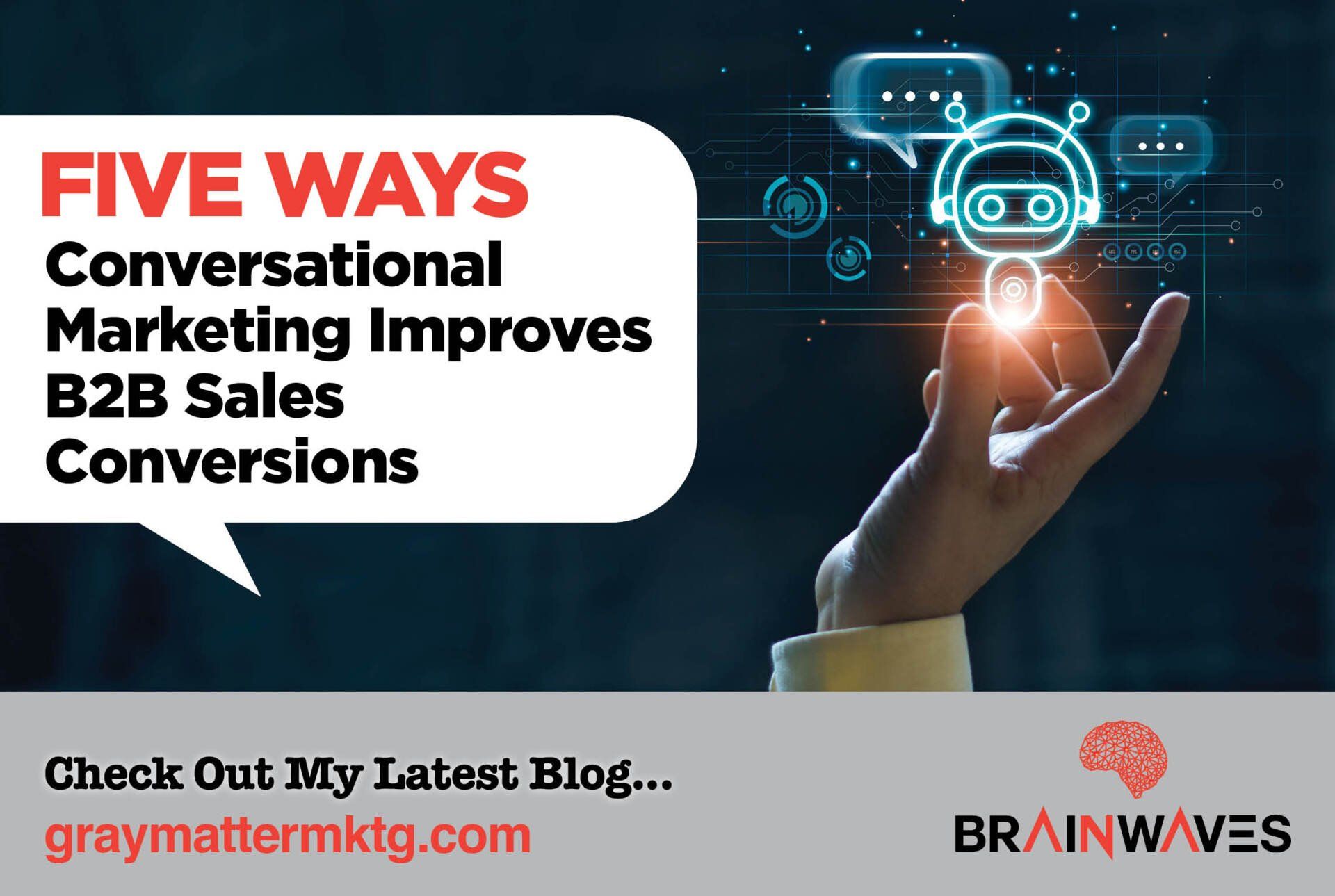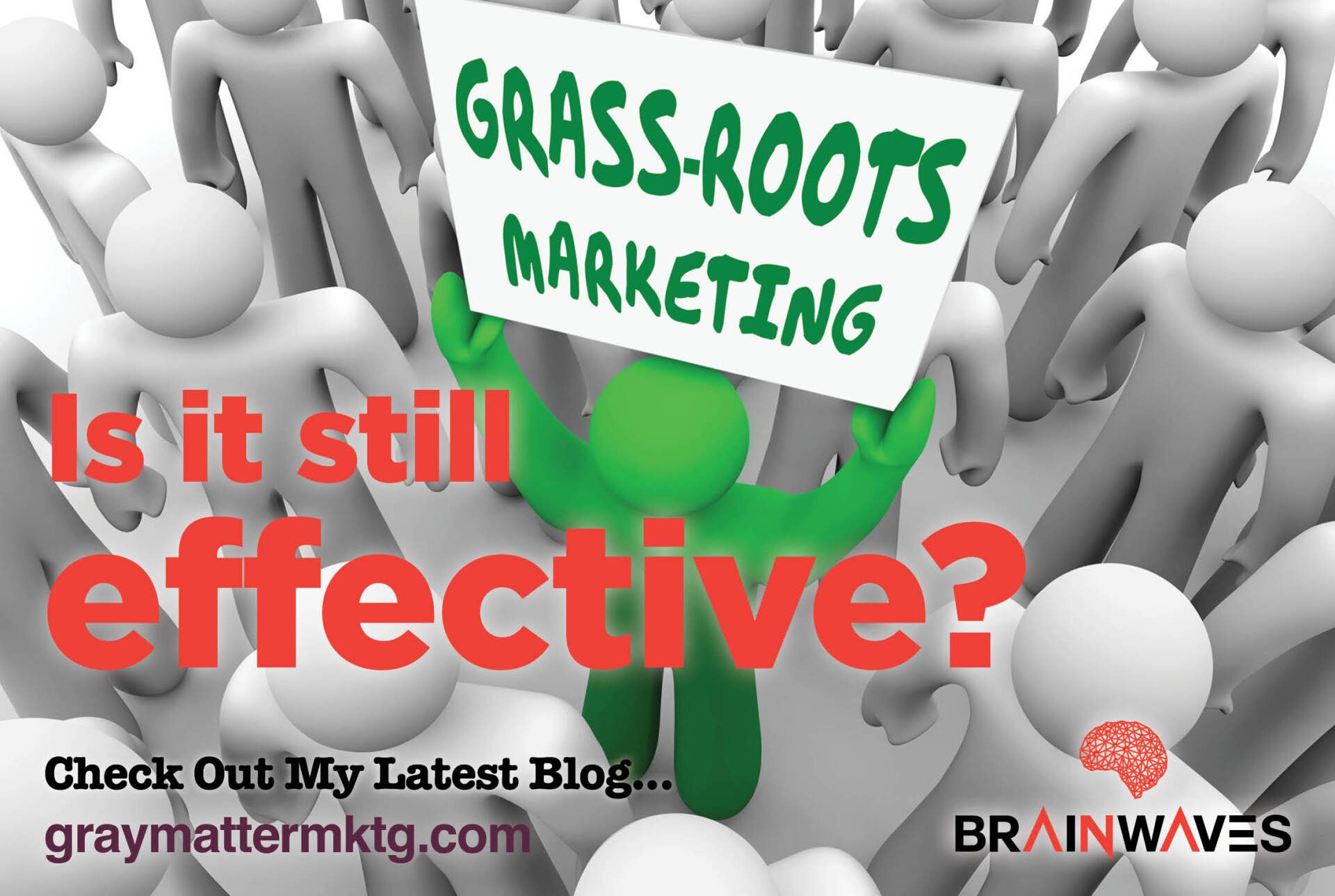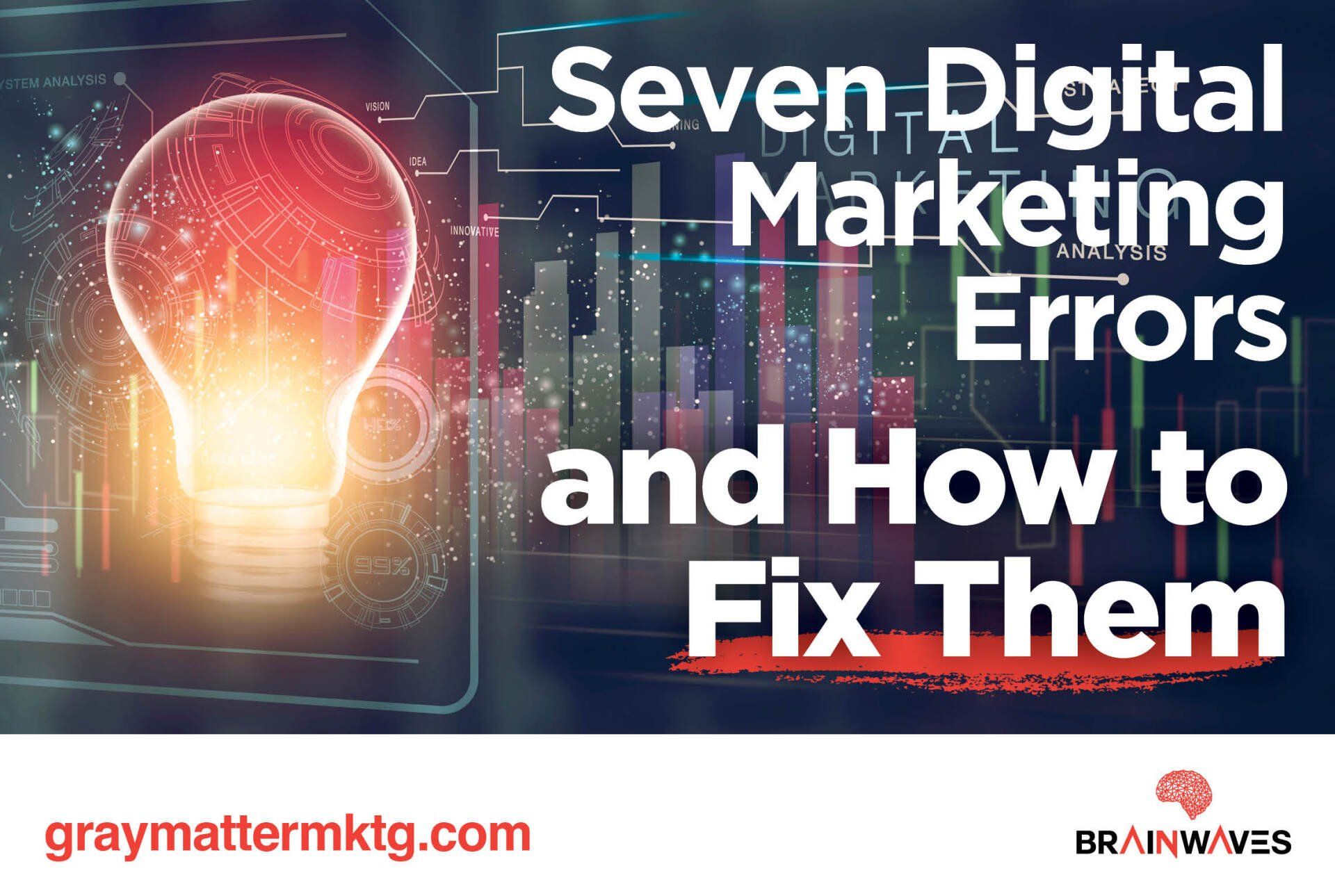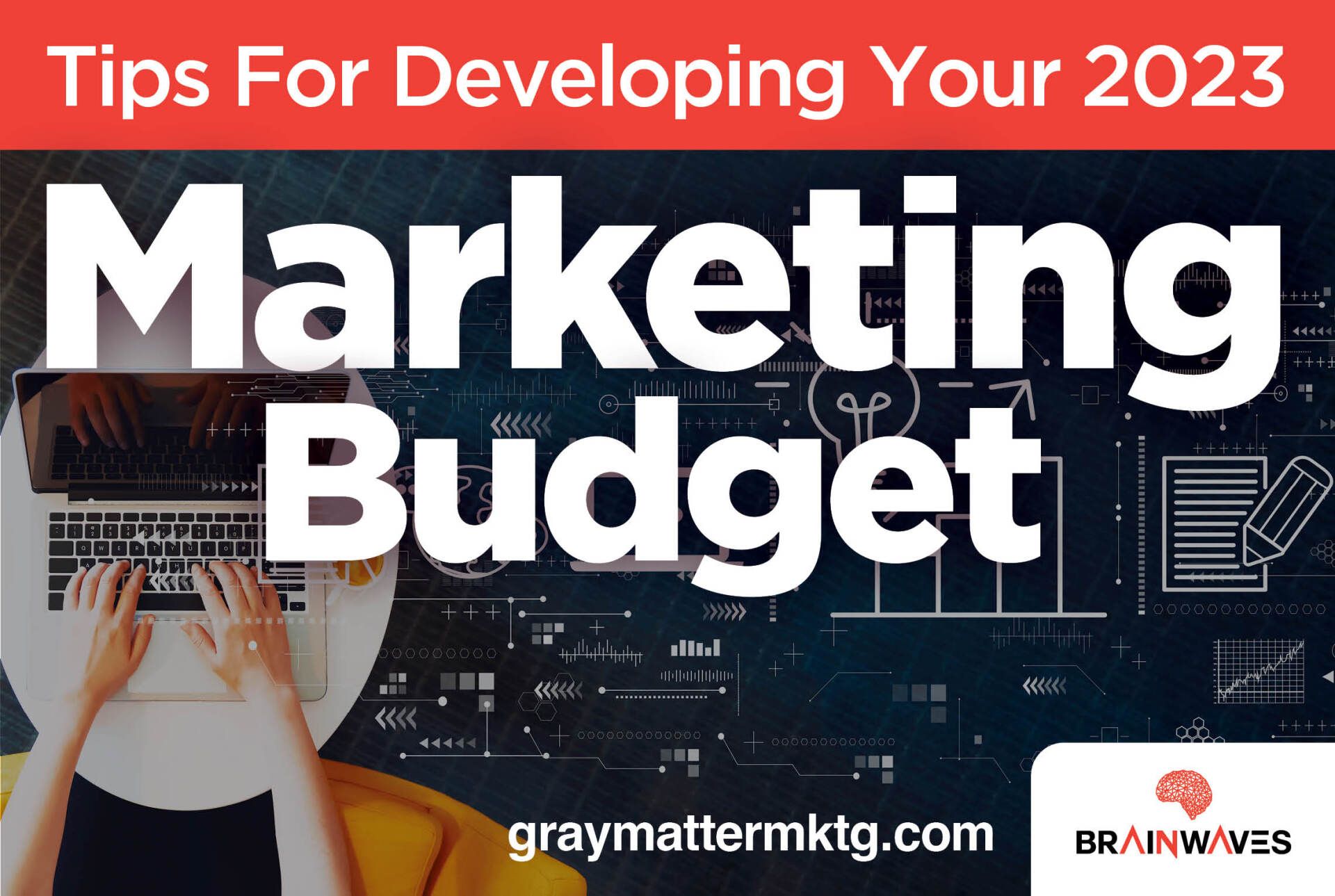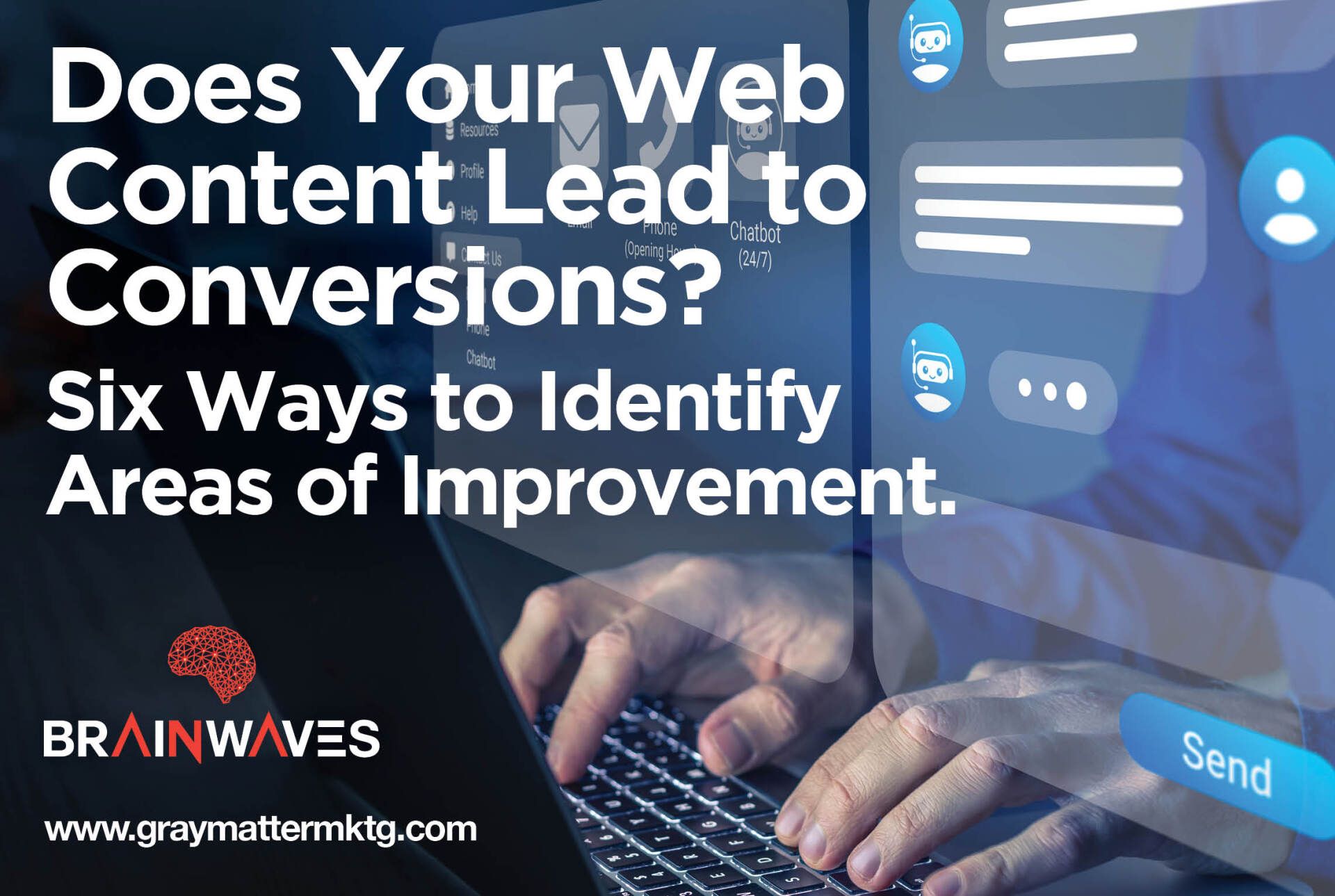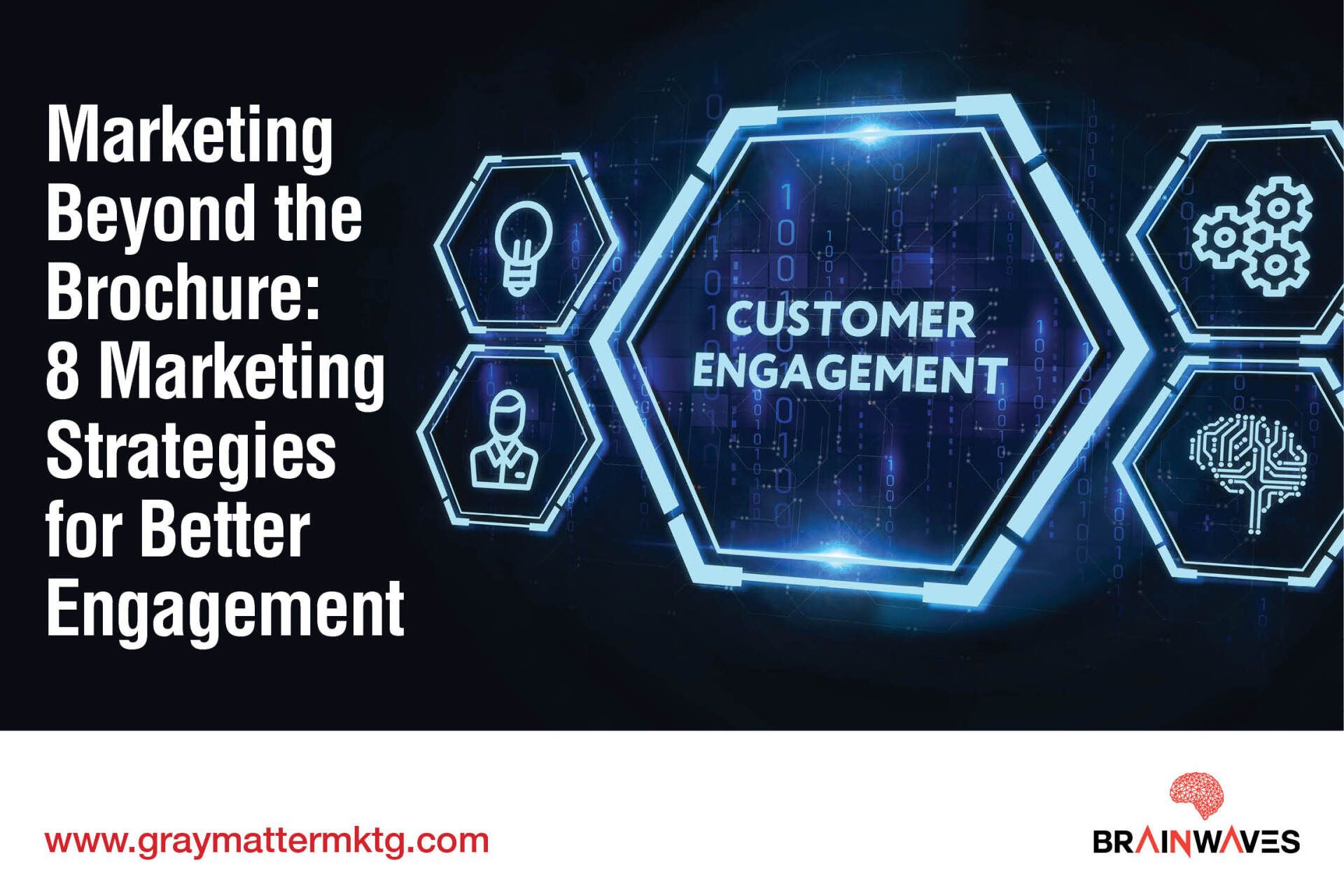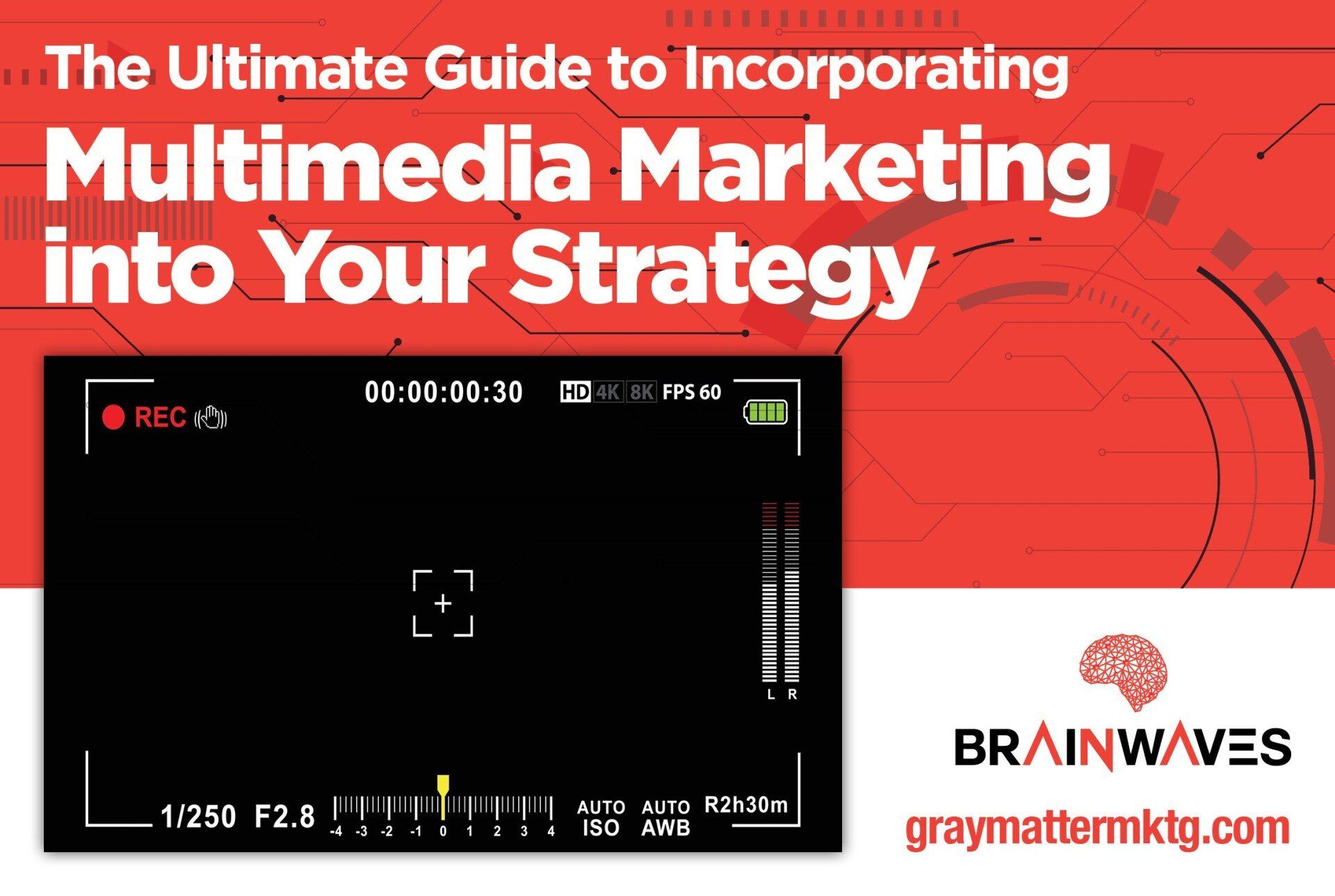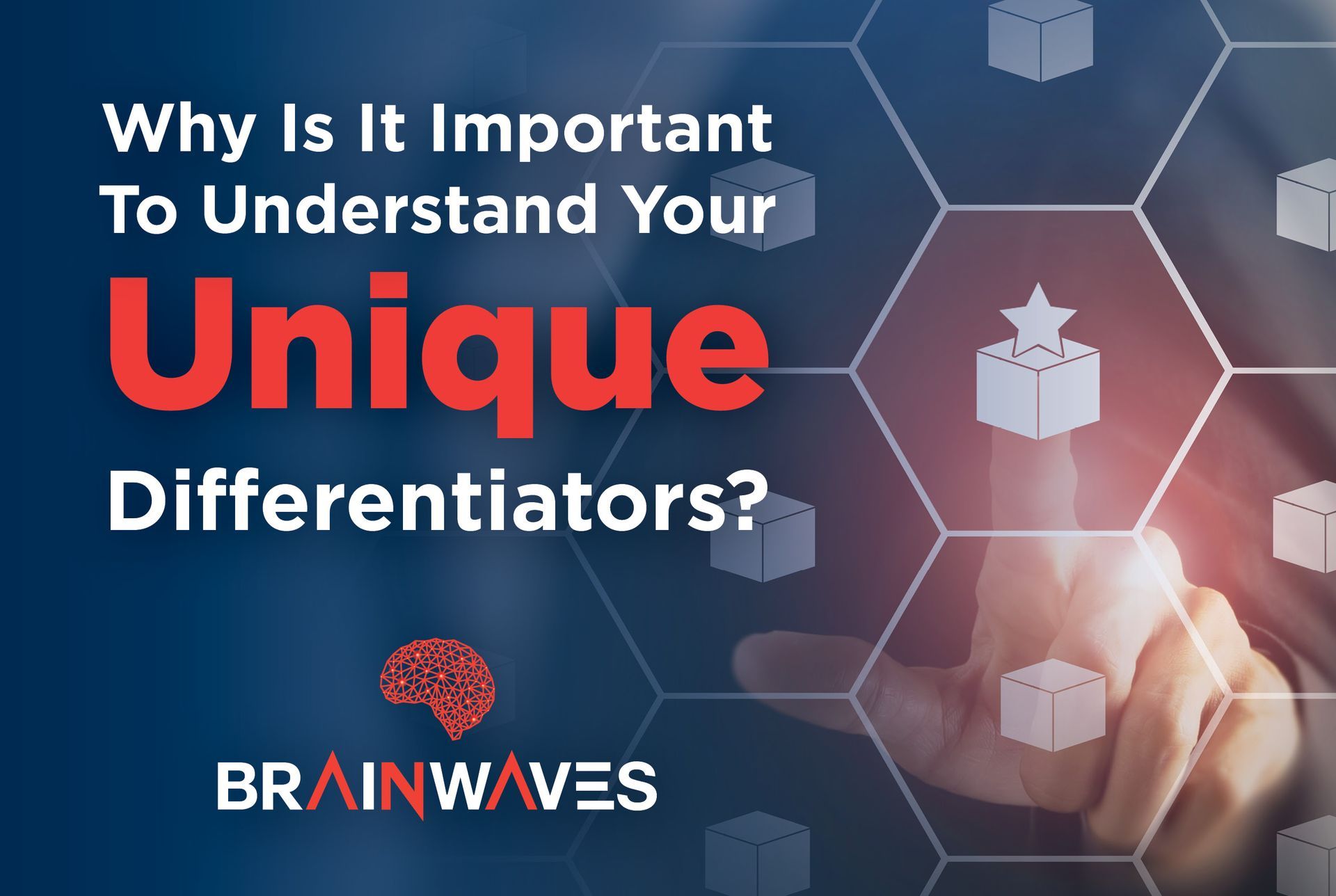Don’t Use Social Media? The 8 Reasons Why Your Company Needs It.
It’s estimated that more than 40% of the world’s population uses at least one form of social media. That’s 3.5 billion people. This number will only continue to grow, and business owners understand the impact that social media can have on their revenue. Businesses run campaigns on social media for reasons such as new customer acquisition and brand awareness. However, to truly understand the power of social media, a deeper dive is necessary.
Today, brands can be omnipresent on all social media platforms to complement in-person meetings, conference attendance, etc. They can also direct their message to specific groups thus reducing overall spend while increasing the return-on-investment per marketing dollar.
Brands do not need to spend millions of dollars to be as recognizable as Coca-Cola. In fact, the best and most common examples of successful social media marketing are small business owners who’ve built communities that form the core of their customers. There are also cases of social media posts going viral, leading to a big break for small businesses. While not every campaign will go viral for your business, there are several reasons to start using social media for your business today.
1. Build Credibility
In today’s environment, people research brands or specific products before making their first purchase. It doesn’t matter whether it’s a hotel they intend to book or an investment account they want to open with a bank—people want to hear the experiences and opinions of other people who have interacted previously with the brand.
A social media presence can be important so that prospective customers can see your interactions with customers and success stories. Having active social media handles also gives prospective customers the assurance that they can always request support through these channels should they run into issues while using your products. Quick responses on social media tend to be taken as a reflection of your customer service quality.
2. Grow Your Audience
Producing social media content is one of the most popular ways to grow your following (both existing and prospective customers) online. The content, however, needs to be engaging, meaningful, and deliberate and should be part of a well-thought-out content strategy that is geared towards attracting a certain audience.
A following is important because these people are drawn to your brand and represent low-hanging fruit in terms of conversion into customers or ambassadors for your brand. An audience also makes it easy to introduce new products to the market. From your audience, you can draw samples to test new pricing, new packaging, blends, colors, and so on. However, to quickly grow and maintain an audience that engages with your business, you need to be consistent with content production.
3. Generate Brand Awareness
Increasing your audience online helps to make your brand more recognizable. People who already easily identify your products in physical and online stores will also identify your other campaign assets such as billboards, brochures, and posters. Familiarity matters in purchase decisions. Brand awareness is one step on the purchase decision journey and it’s on your marketing team to take new audiences from the awareness stage to the purchase stage as quickly as possible.
4. Track Social Listening
With billions of people online every day, there is a chance that your customers are talking about your brand. It’s important to be aware of such conversations and if possible, share useful information when called upon. Social media listening involves tracking mentions of your brand, and other keywords in online conversations. Social media listening tools also provide the ability to tell the general sentiment about your brand.
Such insight is important because it can inform decisions that can save your business from loss of clients. For instance, social media mentions about poor customer service can lead to retraining sessions. Complaints about the complexity of an app can lead to the redesign of the app’s user interface. Social media engagements with customers are an opportunity for the business to come out as authentic or “human” by accepting feedback and criticism and making noticeable changes.
5. Measure Marketing Efforts
All major social media platforms provide an analytics section that can help you assess the impact of your marketing efforts. You can look at organic metrics such as the number of followers gained. You can use listening tools to look at mentions of your brand name to assess whether you’re creating a buzz through your campaigns.
For organic marketing, social media companies sometimes provide an estimation of earned media value (EMV) to determine how much you would have spent to attain the reach you’ve received organically. With paid marketing on social media, you’ll always be able to see the number of impressions or reach of individual posts. They also monitor the click-through rate when your campaign is meant to redirect people to an external website.
6. Drive Though Leadership
Social media is not just a place to promote a brand’s products. Too many outright sales posts will fatigue your audience and they might lose affinity for your brand. A more organic strategy keeps them engaged. Thought leadership posts are opinion pieces created by people within your business where they share expertise on different issues. Social media is a great place to determine questions that the audience has, as well as concerns, challenges, or things you may be unaware of. Opinion pieces might address these questions and issues as well as emerging issues in an industry, market, or even a country.
Sharing opinion pieces consistently places a brand or the specific writer as a provable expert in a field. In the B2B business space, this can lead to new speaking opportunities as well as new business leads. It’s a great way for the company to stay top-of-mind in the decision-making circles in an industry.
7. Increase User-Generated Content
Producing regular, engaging social media content can be difficult for a brand. For instance, creating one or two marketing posts a week is considered as enough most times. However, conversations by your followers are a great way to get recognition from new audiences. User-generated content also includes replies to your posts, shares, and retweets. In fact, user-generated content is a far more effective marketing tool because it is unbiased, whether positive or negative. Therefore, by being on social media, you create a spark for user-generated content that helps to scale the magnitude of your marketing efforts.
8. Personalize Interactions
One major difference between social media and other paid media is the fact that audiences can now share their feedback after seeing a post. This is very important for users today because it makes the brand accessible to them. More importantly though, it’s a chance for the business to personalize interaction with users. For instance, when a user asks a question, the brand can personalize answers. Personalized interactions present opportunities to create new leads for the business. For instance, based on a user’s location, prospective leads can receive invites to a company’s offices or follow-up calls to ensure their issue was solved or questions were answered.
Other Benefits of Having a Social Media Presence
When we hear the term social media, our minds will immediately think of the largest platforms, such as Facebook, Instagram, and Twitter. However, there are opportunities to tap into other non-mainstream channels that help you focus on a particular audience. For instance, LinkedIn presents an opportunity for companies to share what life is like working at their company. This can be especially beneficial in attracting new talent. LinkedIn is also quite popular for sharing thought leadership articles on industry and HR matters.
Best Practices When Creating Social Media Strategy
Several things will help your business get the most out of social media activities. Having clear objectives is crucial so be sure to set key performance indicators to help you along the way. List down your objectives and rank them according to priority so that you allocate your resources appropriately.
Another important best practice is to be clear about who your audience is. What kind of language do they use? Your social media copy is important in ensuring you engage your audience properly. Also, make sure you develop your company’s brand voice and stay consistent with your value proposition and messaging. Without a specific voice, your messaging will be all over the place and not effective in building an audience.
Be sure to engage your employees when developing your social media presence and campaign. They can help expand the reach of your posts to their followers as well and can provide feedback on your content as they are talking to customers all the time.
Working with Experts
If your business wants to use social media effectively, working with an experienced marketing consultancy is the right place to begin. At Gray Matter Marketing, we work with clients to develop and implement an online brand strategy that’s fitted to suit their objectives. Whether you want to grow an audience or develop more affinity for your brand, we will craft a strategy for you. Reach out to us today for a consultation session.
